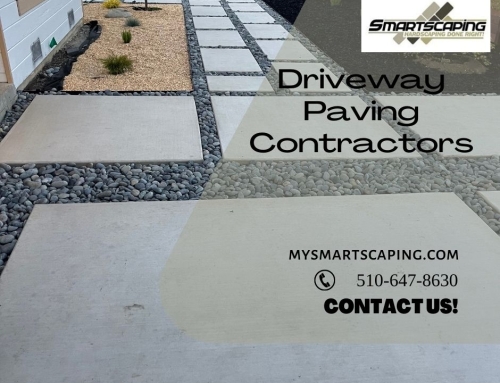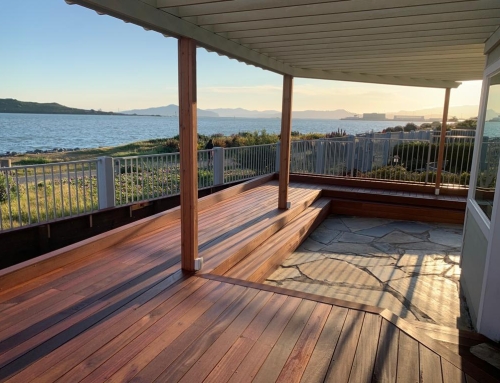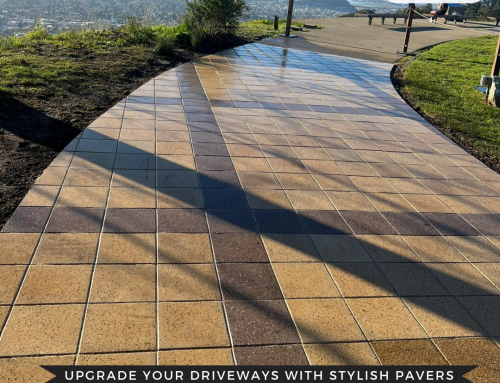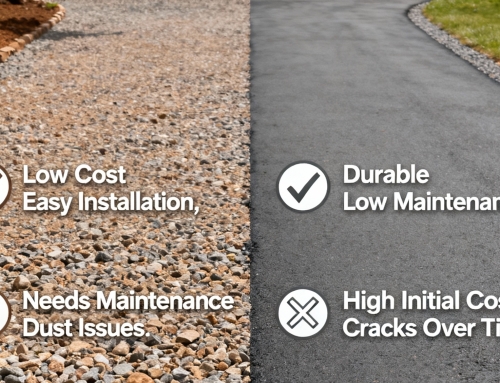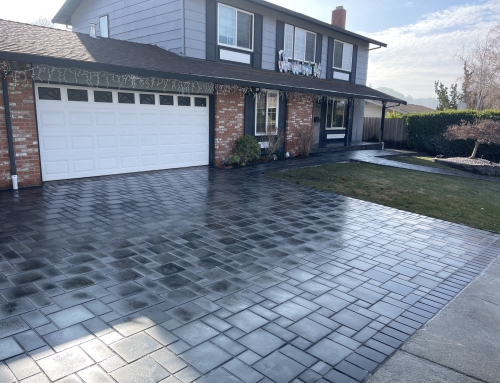If you’re thinking about upgrading your outdoor space, “Patio Pavers Piedmont” is likely on your radar. Whether you’re working on a small backyard oasis or a sprawling garden area, understanding your material options is essential. One of the most common dilemmas homeowners face is deciding between pavers and patio slabs. Add to that the challenge of keeping costs low while maintaining aesthetics and functionality, and the process can feel overwhelming.
In this blog, we’ll explore some common questions about patio pavers, the differences between pavers and patio slabs, how to create a budget-friendly patio, and whether patio tiles get hot. By the end, you’ll know exactly why patio pavers are top choice for any outdoor project.
What is the Difference Between Pavers and Patio Slabs?
When deciding on the best material for your patio, the question often arises: What’s the difference between pavers and patio slabs? It’s a common query, and the answer can greatly impact the look, feel, and durability of your outdoor space.
Pavers: The Flexible Favorite
Pavers are individual, interlocking pieces that come in various shapes, colors, and materials, like concrete, brick, and natural stone. Because they are laid piece by piece, pavers offer a high degree of flexibility in design and can fit into nearly any layout or pattern. They are typically smaller and thicker than patio slabs, which makes them more resistant to cracking under pressure. If a paver gets damaged, it can be easily replaced without disturbing the entire surface.
Here’s why pavers might be your go-to option:
- Design Flexibility: With countless sizes, shapes, and colors, you can customize the layout of your patio to reflect your style.
- Durability: Pavers are built to last and stand up to the elements. Their ability to move slightly means they are less prone to cracking than larger slabs.
- Easy Repairs: If one paver becomes damaged, you can replace it without affecting the surrounding area, unlike patio slabs, which are more challenging to repair.
Patio Slabs: Larger, Simpler Pieces
On the other hand, patio slabs (also known as concrete slabs) are larger, flat pieces typically made from poured concrete. They are less versatile in terms of design but may offer a more seamless look if you’re aiming for a minimalist, modern style. One major downside is that slabs are more prone to cracking, especially in areas with extreme temperature changes, such as freezing and thawing cycles. Once a crack appears in a slab, repairing it often means replacing the entire section, which can be costly.
Key aspects of patio slabs include:
- Minimalist Aesthetic: Slabs offer a clean, simple appearance that can work well for contemporary homes.
- Cost-Effective Installation: While they can be cheaper upfront, slabs may not last as long and may require more maintenance in the long run.
- Prone to Cracking: Their larger size makes them more susceptible to cracks, which are harder to repair compared to pavers.
In Piedmont, where you want your patio to last through the changing seasons, pavers tend to be a better long-term investment, both in terms of maintenance and overall durability.
How to Build a Cheap Patio with Pavers?
Creating an attractive patio doesn’t have to break the bank. In fact, one of the biggest misconceptions about outdoor spaces is that they need to be expensive to look great. The good news is, you can create a budget-friendly patio using pavers, especially if you follow some cost-saving tips.
Here’s how to build a cheap patio that still looks luxurious:
1. Choose Affordable Materials
Not all pavers are created equal when it comes to price. Concrete pavers are often the most affordable option while still being durable and aesthetically pleasing. Brick pavers tend to be a bit more expensive, but they offer a classic look that many homeowners love. Natural stone pavers, while beautiful, are usually the priciest, so if you’re on a budget, sticking with concrete or brick might be your best bet.
2. DIY Installation
Labor can make up a significant portion of your patio costs, so if you’re up for a challenge, consider installing the pavers yourself. With the right planning and some elbow grease, a DIY installation can save you thousands of dollars. You’ll need to invest time in properly preparing the base (crushed gravel and sand), leveling the area, and carefully laying the pavers in your desired pattern.
3. Keep the Design Simple
Intricate patterns like herringbone or basket weave can require more cuts and labor, driving up your costs. A simpler layout, such as a stack bond or running bond pattern, can still look elegant while saving you time and money.
4. Reuse and Recycle
Sustainability and savings can go hand in hand when it comes to building a patio. Consider using reclaimed pavers or repurposed materials to create a unique patio on a budget. Many landscaping supply stores sell leftover or second-hand pavers at a fraction of the cost of new ones.
5. Keep it Small
While it may be tempting to create a sprawling patio, keeping your design compact can reduce costs considerably. A smaller, well-designed patio can still provide plenty of space for relaxation and entertainment without the need for extra materials and labor.
By combining these cost-saving methods, you can easily create an affordable and beautiful patio that will enhance your outdoor space.
Do Patio Tiles Get Hot?
Living in Piedmont, the summer months can bring a fair share of heat, and homeowners often worry about whether patio tiles get too hot under the sun. The answer depends on the material of your tiles, and it’s an important consideration for comfort, especially if you plan to spend a lot of time on your patio during hot weather.
Materials Matter
The material of your patio tiles plays a significant role in how hot they get in direct sunlight. Here’s a breakdown:
- Concrete and Stone Pavers: Both concrete and stone pavers can get quite hot during the summer months. However, lighter colors tend to absorb less heat compared to darker shades. Stone, particularly lighter-colored natural stone like limestone or travertine, reflects more sunlight, keeping the surface cooler.
- Ceramic and Porcelain Tiles: While these materials are often used indoors, some homeowners opt to use them outside for a more polished look. The downside is that they can get very hot in the sun, especially darker tiles. Ceramic and porcelain tiles are also more likely to crack in outdoor settings due to temperature fluctuations.
- Brick Pavers: Brick tends to get quite warm, but its natural texture and rustic appearance make it a popular choice for patios. To minimize heat absorption, choosing lighter-colored brick or incorporating shading elements like pergolas can help.
Ways to Keep Your Patio Cool
Even if you choose a material that tends to get hot, there are ways to mitigate the heat and make your patio more comfortable:
- Shading: Incorporating shade structures, like pergolas, umbrellas, or even large trees, can significantly reduce the amount of direct sunlight hitting your patio, keeping it cooler.
- Cooling Surfaces: You can opt for specialized coatings that help reflect heat or choose pavers that are specifically designed to stay cooler underfoot.
- Lighter Colors: As mentioned earlier, lighter colors absorb less heat, so choosing light-colored pavers or tiles can help maintain a cooler surface.
Conclusion: Why Patio Pavers Are the Best Choice for Piedmont
When it comes to designing your outdoor space, patio pavers offer the perfect balance of durability, aesthetics, and functionality. Not only do they provide flexibility in design, but they are also more resistant to cracking and easier to repair than traditional patio slabs. Moreover, with careful planning, you can install a cheap patio that doesn’t compromise on beauty. And while some patio tiles can get hot under the sun, the right choice of material, color, and shading can ensure that your outdoor space remains cool and comfortable all summer long.
If you’re looking for a patio solution that will stand the test of time and enhance the value of your home, patio pavers in Piedmont are the way to go. By choosing a reputable contractor and selecting the right materials, you can transform your outdoor space into a stunning retreat.



